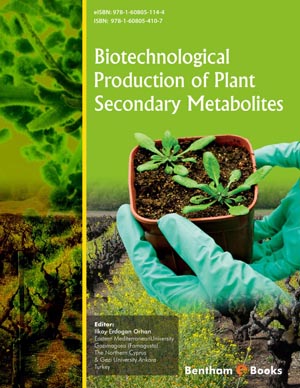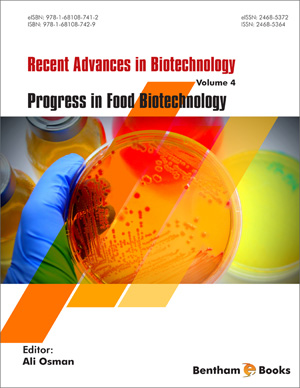Abstract
Color additives are a necessity in the modern food industry. These additives are colored because of their peculiar molecular structure, which also frequently imparts other properties such as antioxidant activity. The natural diversity of microorganisms offers several opportunities for the development of “biopigments”, which may be produced with high productivity and without seasonality concerns. While the number of artificial colors used foods is inescapably being reduced, that of permitted natural pigments is slowly growing. It is not possible to simply isolate a colored microorganism strain and use it as an additive: the color must be proven safe, and that is why only a dozen pigments from fungi, yeast, bacteria and microalgae are already permitted and are commercially produced. And yet, these few biopigments are paving the way for new developments, where the knowledge that involves microorganism isolation, bioactivity assays, biomass production and fractionation is used for the study of new alternatives. This chapter gives a general view of permitted natural colors, focusing on commercially relevant microbial biopigments and their production processes.
Keywords: Arthrospira (Spirulina), Ashbya gossypii, Astaxanthin, Biopigments, Blakeslea trispora, β-carotene, Chlorella, Dunaliella, Haematococcus, Microalgae, Microorganisms, Monascus, Natural color, Phycobilin, Porphyridium, Riboflavin.

















